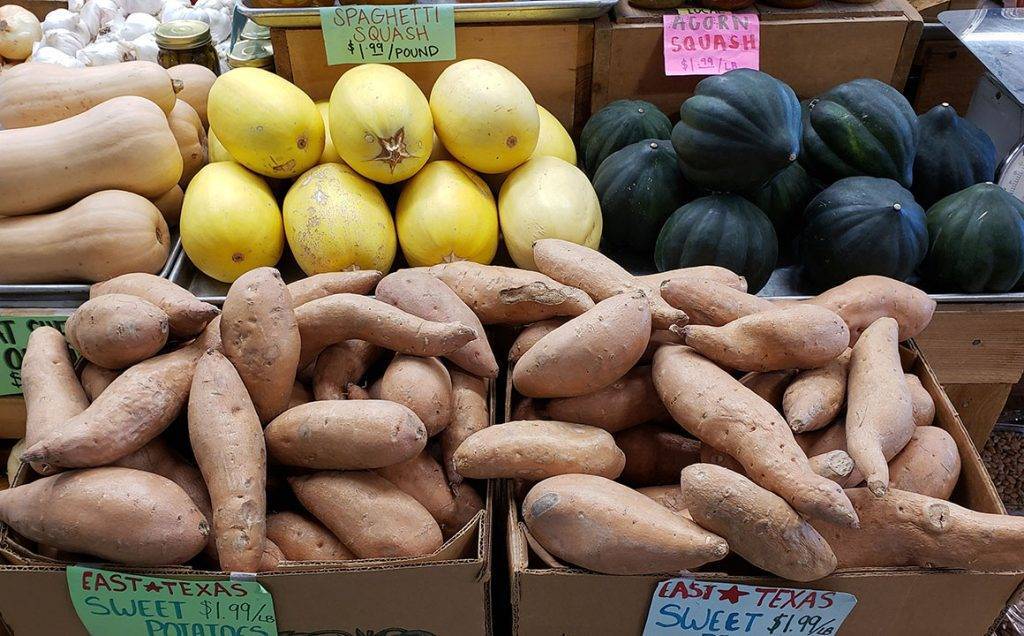As the brisk November air settles in, it’s time to take pleasure in the abundance of the fall harvest. This season brings a wealth of wonderful produce that needs to be conserved. And this will also help you savor it long after the leaves have fallen. From the earthy richness of potatoes to the soothing sweetness of squashes, there is just so much. So, here’s a guide to help you preserve your fall harvest, to enjoy the flavors of the season all year long. And it truly doesn’t matter if you’re a passionate gardener or just someone who enjoys harvest foods.
Storing Potatoes
With the right storage methods, potatoes—a hallmark of the fall harvest—can be kept tasting great for a long time. To toughen the potatoes’ skins, start by curing them for about two weeks in a dark, well-ventilated area. After curing, store them in a dark, cold place, such as a pantry or cellar. This will also keep them from sprouting and maintain their quality. To extend the shelf life of your harvest, periodically check stored potatoes to eliminate those that have sprouted or sustained damage.
Squash Preservation
Squashes are ideal for keeping the aroma of fall because of their substantial textures and rich tastes. Select winter squash types like Butternut, Acorn, and Hubbard for long-term preservation; they may be kept for many months in a cold, dry environment. Furthermore, think about canning, freezing, or dehydrating squashes to increase their shelf life and use their warming flavor all year round in baked goods, soups, and stews.
Canning Apples
Apples are an essential symbol of fall and can be preserved by canning, which maintains their natural sweetness and crispness. To extend the shelf life of your canned goods, use firm, ripe apples and use appropriate sterilizing and sealing methods. You can hold onto the spirit of fall’s orchard-fresh harvest by preserving apples, whether they are slices, butter, or applesauce. This way, you can enjoy the warmth of apple-infused treats even on the harshest winter days.
Drying Herbs
To retain the tastes and fragrances of autumn herbs, dry them to capture their aromatic essence. Before the first frost, harvest herbs like sage, rosemary, and thyme, and bundle them together to air-dry in a warm, well-ventilated area. To preserve the bright tastes of the herbs and add earthy, aromatic fall accents to your culinary creations, store them in sealed containers out of direct sunlight once they have dried.
Freezing the Harvest
Freezing is a simple yet effective method for preserving the freshness of a variety of fall produce. Whether it’s blanching and freezing vegetables like green beans and peas or freezing fruits such as berries and cherries, this technique helps retain the natural flavors and nutritional value of your harvest. Package the produce in airtight containers or freezer bags, ensuring proper labeling to facilitate easy retrieval and usage throughout the year.
Creating Jams and Preserves
Maximize the natural sweetness of fall fruits to make delicious jams and preserves that perfectly encapsulate the spirit of the season. Whether it’s the comfortable warmth of fig preserves or the luxurious smoothness of berry jams. Fruit preservation is easier than you may think. All it requires is slow cooking and appropriate canning methods. So let the tastes of your favorite fall fruits blossom into delicious spreads that you can eat all year long after you preserve your fall harvest. They will be the perfect addition for your cheese plates or on toast or scones.

